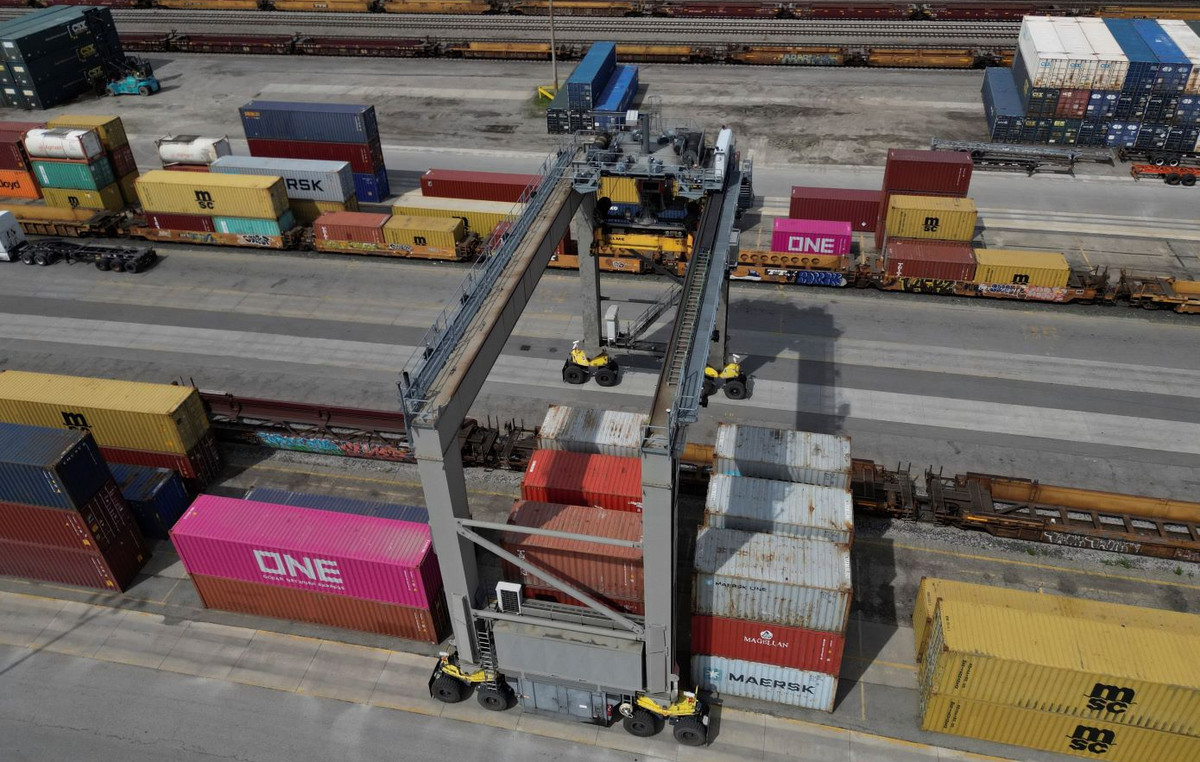The 7.5-magnitude aftershock was “an earthquake in itself,” said the meteorologist at the CNN Chad Myers this Monday (6). “It is the strongest earthquake in the region since 1999”.
“We always talk about the epicenter, but in this case we should talk about the epi-line”.
Two huge tectonic plates – the Arabian and the Eurasian – lie under the southeastern provinces of Turkey. Along that fault line, “about 100 miles across, the land slipped,” Myers said.
Seismologists refer to this event as a “slip” — “where plates touch and then suddenly slide sideways,” Myers said.
This is different from the Ring of Fire, which runs along the west coast of the United States. In this zone, earthquakes and tsunamis are often caused by subduction – where one plate slides beneath the other.
But in a “slip”, the plates move horizontally instead of vertically.
“That matters because buildings don’t want to go back and forth. And then the secondary waves start to come and go as well,” Myers said.
Due to the nature of this seismic event, aftershocks can last for “weeks and months,” according to CNN meteorologist Karen Maginnis.
Source: CNN Brasil
Bruce Belcher is a seasoned author with over 5 years of experience in world news. He writes for online news websites and provides in-depth analysis on the world stock market. Bruce is known for his insightful perspectives and commitment to keeping the public informed.







